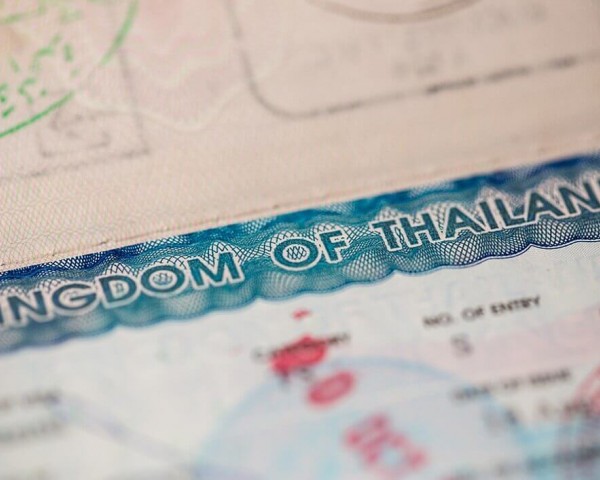Nationwide hotel occupancy in Thailand reached 47.5 percent in August, up from 45.1 percent in July, and is expected to continue rising this month as the Kingdom lifts all restrictions.
The Hotel Association of Thailand (THA) said that the recovery began in the middle of this year, when occupancy in July rose sharply from 38.2 percent in June.
According to the THA, most tourists come from Asia and the Middle East, followed by arrivals from Western Europe.
“This has encouraged several hotels to start hiring new staff, so they can be trained in time for the peak season from November to early March,” THA said. “Hotels that primarily target foreigners have also begun to reopen since July after several months of closure during the pandemic.”
According to THA statistics, the average Thai tourist spends 1.7 nights in a hotel, compared to 3.3 nights for a foreign visitor. This makes foreigners a more profitable segment.
The THA said it expects to see more foreign arrivals starting in September, now that the reduction in long-term resident (LTR) visa fees has taken effect. Effective September 1, the LTR visa fee was cut in half from 100,000 baht to 50,000 baht. This visa targets four groups of foreigners: the rich, retirees, those who want to work in Thailand and experts.
Up to four family members, including children up to 20 years of age, may be included on the same visa.
The Thai government is also offering extended visas for tourists to boost Thailand’s tourism industry. For example, the visa on arrival for travelers from 18 countries will be extended from 15 to 30 days, while those from 50 countries who get a 30-day stamp will be allowed to stay 45 days. This measure will apply from October 1 to March 31.
However, the THA warned hoteliers to be prepared for negative factors during the rest of the year that could affect Thailand’s tourism industry, such as high inflation that will reduce the purchasing power of tourists, retention of qualified personnel in the hotel sector and the possibility of a new wave of Covid-19 infections.
